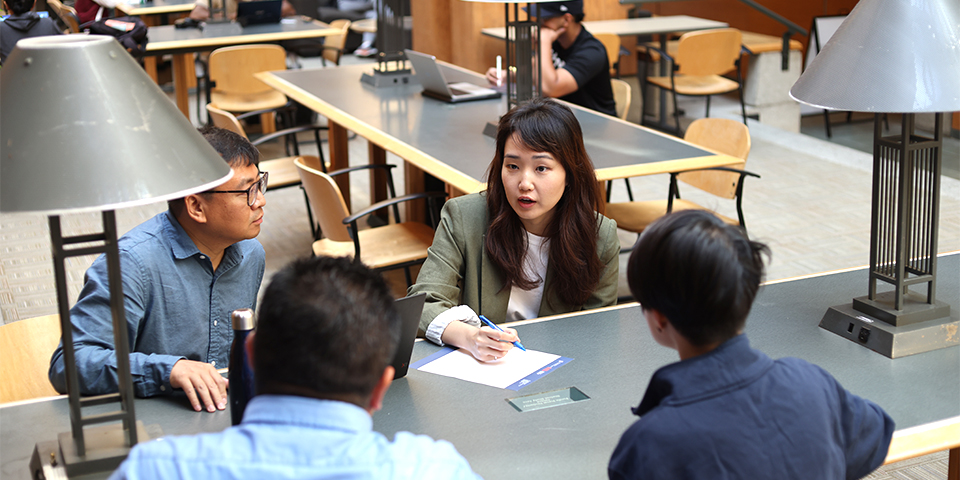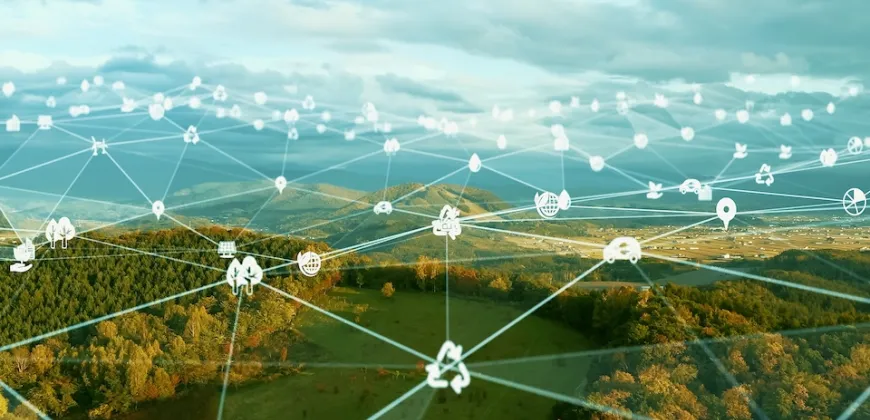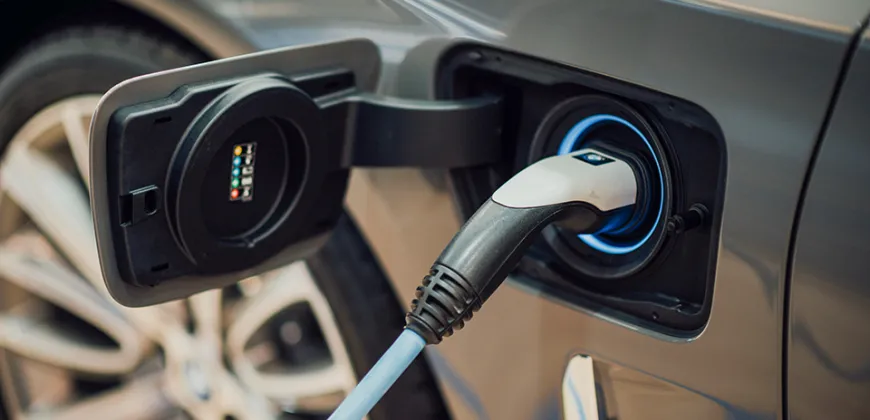Four-day Field Trip Brings Clean Energy to Life

Clean Energy Engineering students went on a four-day trip to visit renewable energy projects across Vancouver Island. They were accompanied by Program Director Vladan Prodanovic and Student Engagement Manager Bailey Kew, who had arranged a busy itinerary that started in the north at Cape Scott and ended in the south in Victora.
A full itinerary
The first stop was Campbell River for a tour of the John Hart Generating Station, which produces just over 10% of Vancouver Island’s electricity. An upgrade project to the dam in 2014 was Canada’s first public private partnership, representing a new approach to financing.
On day two, students visited Cape Scott Wind Farm near Port Hardy. The facility includes 55 turbine towers and began commercial operations in 2013 with an installed capacity of 99 MW. This was the first wind project approved by BC’s Environmental Assessment office.
After travelling back to Nanaimo where they spent the night, students met with Barkley Project Group, a consulting firm that specializes in renewable energy development with a focus on supporting remote First Nations communities who want to shift to renewable self-generated power.
On the final day, students travelled to Victoria where they toured the University of Victoria and met with representatives from Pacific Institute for Climate Solutions, a leading research consortium that is developing innovative projects in renewable energy, including tidal power.
It wasn’t all work – there was time set aside to explore Nanaimo and Victoria and a hike to Goldstream Falls was a definite highlight for many students, including Andrea Villa, Kiran Sunil, Aigerim Akiltayeva and Ross Nazareth.
Renewable energy projects in action
Prior to enrolling in the MEL, Andrea was a project developer on renewable energy projects for Celsia, one of Colombia’s has largest energy production company. Although she’s worked on wind power projects, this was actually her first time seeing a wind energy facility in operation.
“When you see it running and talk with the operators you gain a deeper understanding of the issues and situations that need to be considered during operations and maintenance,” she says.
“This is definitely knowledge to take into account when working on new projects.”
Kiran also said seeing the sheer size and scale of the wind turbines broadened his perspective of managing a project from design through to installation. “It really made you think of the logistics of it, not just the engineering, but the physical reality of what’s required to bring the blades up the mountain to a remote area.”
Connecting with clean energy industry
At each stop, renewable energy managers and operators shared their perspectives and answered questions.
“We were given the opportunity to go behind the scenes and spend meaningful periods of time chatting with the individuals who manage and operate the facilities,” says Ross, a former geologist.
“Everyone was incredibly welcoming, generously sharing their time and industry insights. They valued the students’ professional experience, which provided a natural exchange of knowledge.”
Renewable energy engineers: new career opportunities
Seeing energy projects in operation and talking with the people designing, implementing and managing them generated ideas for potential career paths.
“It gave me some ideas about future avenues I might like to explore, including working with remote communities,” says Aigerim, who has more than eight years of experience in the clean energy and sustainability fields.
“I would love to use my knowledge to help communities move away from diesel power and to have a significant impact on emissions and quality of life, rather than the more incremental impact you might have working in other areas. It also gave me valuable insights into advancing urban low-carbon development by integrating renewable energy sources into the grid operation.”
Like many students in the Clean Energy Engineering program, Kiran has a background in oil and gas and sees the MEL in Clean Energy Engineering as a way to make a shift to a new area.
“This trip was a great opportunity to see first hand a number of technologies that are available right now in the renewable space,” he says. “When combined with our learning in class, it gives us a strong platform of knowledge and connections to catapult our career forward.”
Integrating sustainable energy systems with in-class learning
Program Director Vladan Prodanovic, who accompanied the students, had also taught two of the technical courses on sustainable energy systems. “He was always connecting what we were seeing to what we had discussed in class,” says Andrea.
“It was great to see these technologies in action – or to learn more about new technologies under development through PICS – and to make connections to what we had discussed and learned in the classroom a few months earlier.”
Part of the MEL’s focus on professional development
The MEL offers students an interdisciplinary education in clean energy and business leadership. A third pillar – professional development – is equally important. This includes a series of optional workshops, industry networking events, opportunities to attend conferences and field trips.
While the extracurricular opportunities on offer vary from year to year depending on various factors, they are an important way for students to deepen their learning in renewable energy engineering, make industry connections and foster stronger relationships amongst each other and the MEL staff and leaders.





